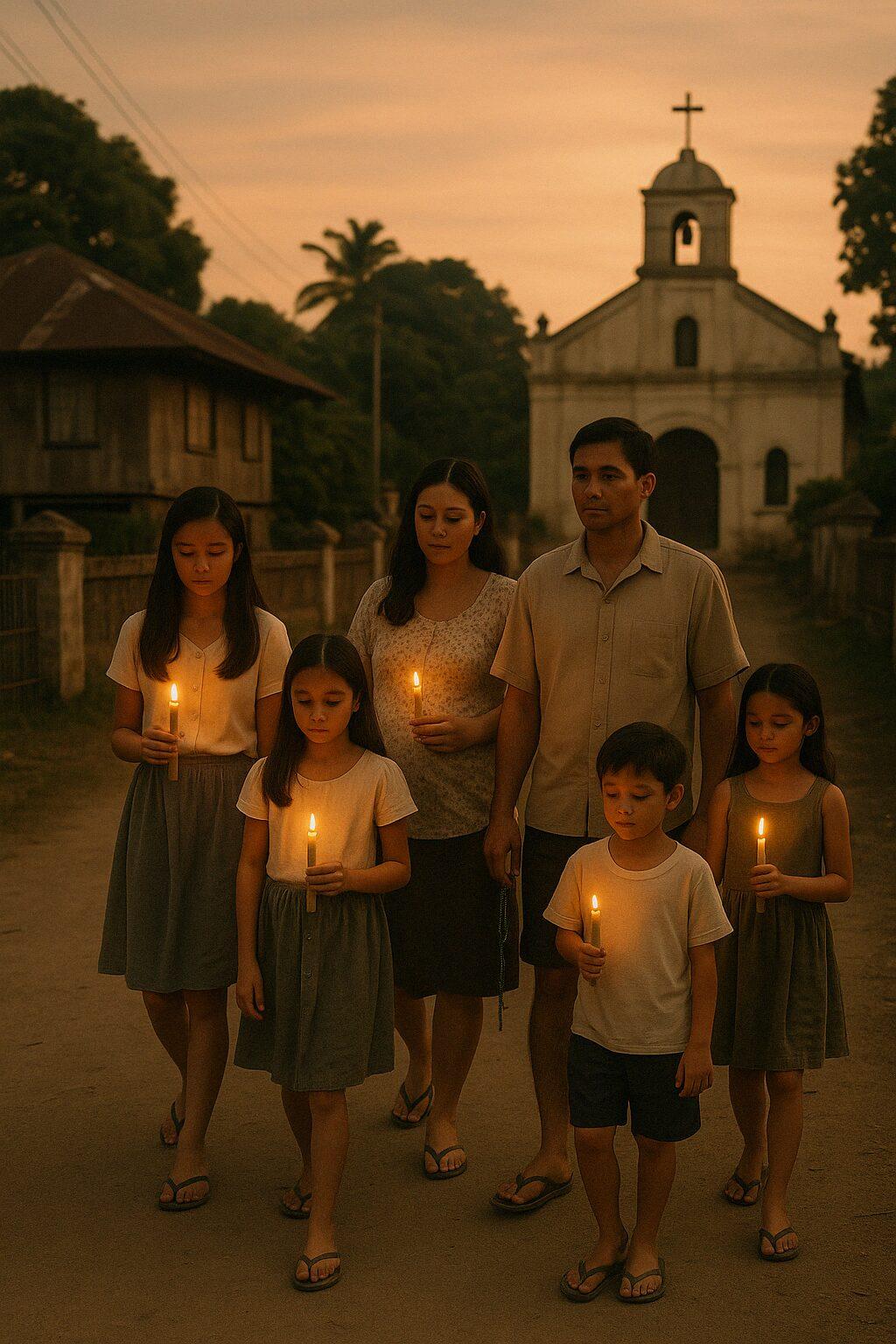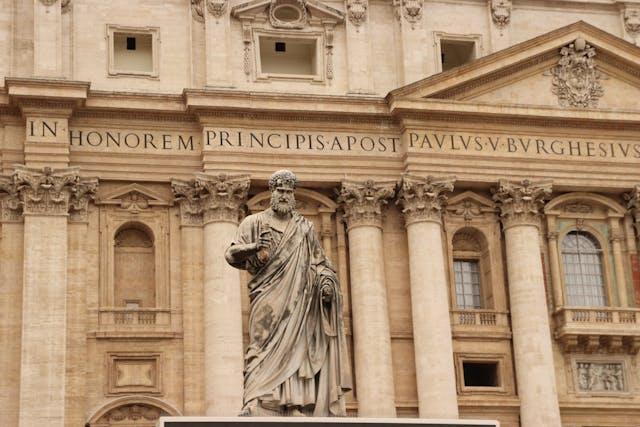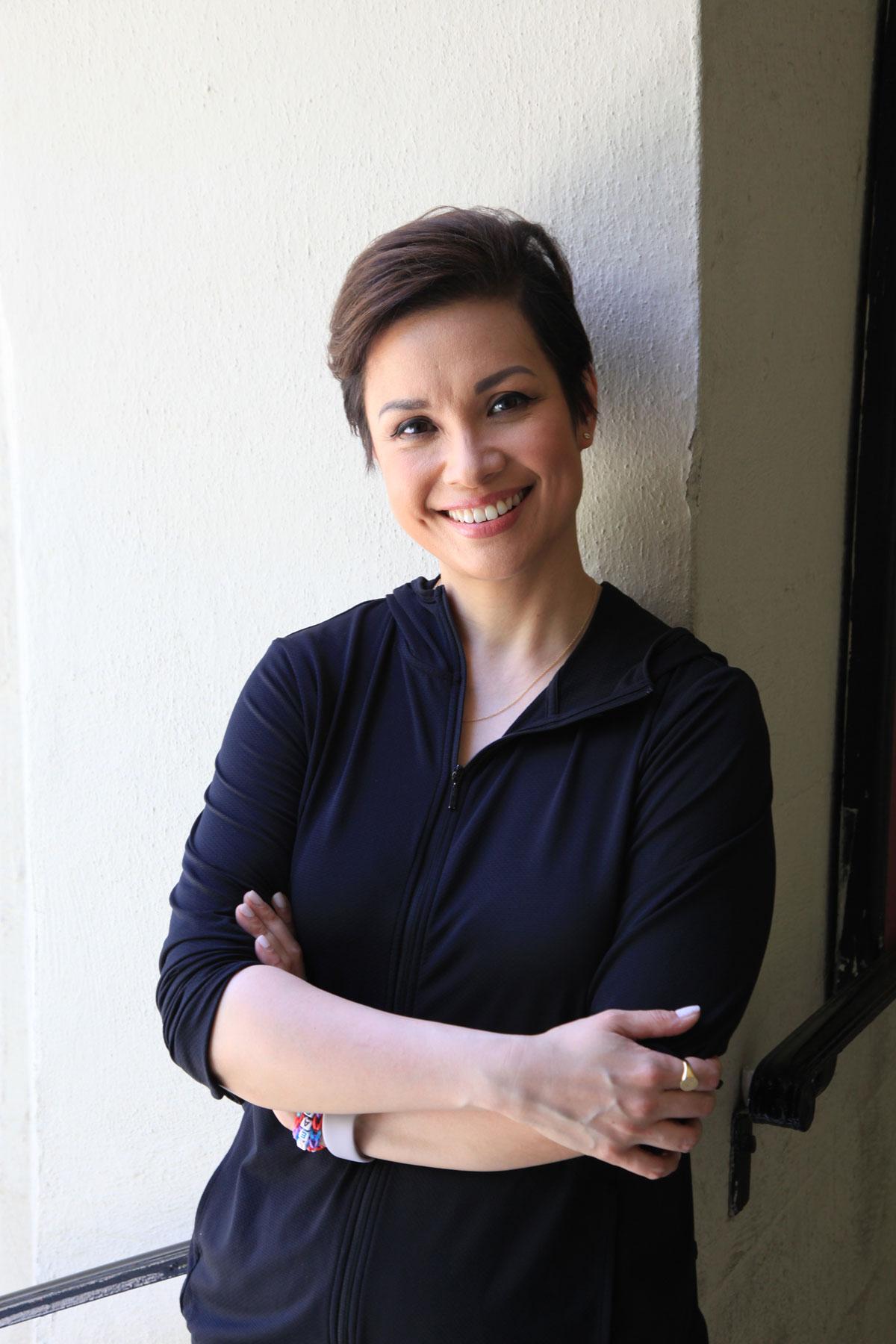For many Filipinos who grew up in the Philippines during the 1970s through the early 2000s, Holy Week was more than just a time for churchgoing—it was a sacred rhythm that brought neighborhoods, families, and entire communities into a collective pause.
Life stood still as prayers filled the air, candles were lit in procession, and households observed the Passion of Christ with quiet reverence.
Now in their mid-30s to late 50s and beyond, this generation—many of whom are now part of the Filipino diaspora living across the United States, Canada, Europe, and beyond—carry with them powerful memories of a Holy Week once deeply felt.
These memories, shaped by Catholic belief and local tradition, are more than nostalgia. They are living faith, worthy of being remembered, passed on, and re-rooted wherever Filipinos now call home.
A Sacred Stillness
In the Philippines, Holy Week once transformed the atmosphere of everyday life. From Palm Sunday to Easter Sunday, everything shifted. The usually bustling streets fell silent. Radios played nothing but pasyon hymns. Shops closed. Television broadcasts either stopped or turned to reflections on suffering, sacrifice, and resurrection.
Children were asked to behave differently—no loud games, no laughter, no swimming. On Good Friday, elders would remind them: “Patay ang Diyos”—“God is dead.” Even the youngest felt the weight of those words.
Beliefs That Carried Generations
These practices were not just cultural—they reflected deeply held Catholic beliefs passed down through generations:
- That suffering has redemptive power, as modeled by Christ on the Cross
- That prayer and penance during Holy Week open the heart to grace
- That ritual and repetition—from processions to the Pabása ng Pasyón—are not empty, but sacred acts that connect the living with God, the saints, and those who came before them
- That Easter Sunday is the triumph of life over death, and a moment of joy earned through sorrow
Traditions That Formed the Soul
Filipinos who lived through those years remember a Holy Week marked by vivid traditions:
- Palaspás Sunday (Palm Sunday): Waving and blessing palm branches to reenact Christ’s entry into Jerusalem
- Visita Iglesia (Church Visit): Walking barefoot to seven churches on Holy Thursday to pray at each altar of repose
- Pabása ng Pasyón: A 24-hour chant of the Passion narrative, done by voice and heart, often passed from elder to grandchild
- Prusisyón (Procession): On Good Friday, streets filled with candle-bearing families walking behind sacred images in mourning
- Black Saturday: Observed in silence. No music. No TV. A communal holding of breath
- Salubóng (Easter Dawn Encounter): At sunrise, a child dressed as an angel lifts the black veil from the Virgin Mary’s image, symbolizing the Resurrection and the return of hope
Carried Across Oceans
For those who migrated, these traditions didn’t stay behind. Many Filipino communities in the U.S. and abroad continue to hold Pabása gatherings in basements and garages, organize Visita Iglesia bus pilgrimages, and celebrate Salubóng liturgies in church courtyards and parking lots.
Yet, others in the diaspora find themselves longing—for the sounds of chanting in Tagalog, for the quiet procession down a village road, for the way the whole country once stopped to pray.
A Message to the Young and the Global Filipino
Today, Holy Week in many parts of the world may look different. It might pass unnoticed by peers, compete with school schedules, or get lost in digital routines. But the essence remains.
To younger Filipinos—especially those born abroad—these stories are an inheritance.
They are not just customs, but signposts of a faith that knows how to endure across oceans and generations.
An Invitation to Reclaim the Sacred
Whether remembered with longing or lived anew in another country, Holy Week remains a powerful reminder that:
- Faith is not confined to one place.
- Tradition is not static—it can be rooted and re-rooted.
- And resurrection is not only an event in Scripture—it is a calling we answer in our own lives.
For the Filipino diaspora, Faith Across Generations is not just a theme—it is a lived reality. May the sacred rhythms of Holy Week continue to echo in every Filipino heart, wherever in the world it beats.






